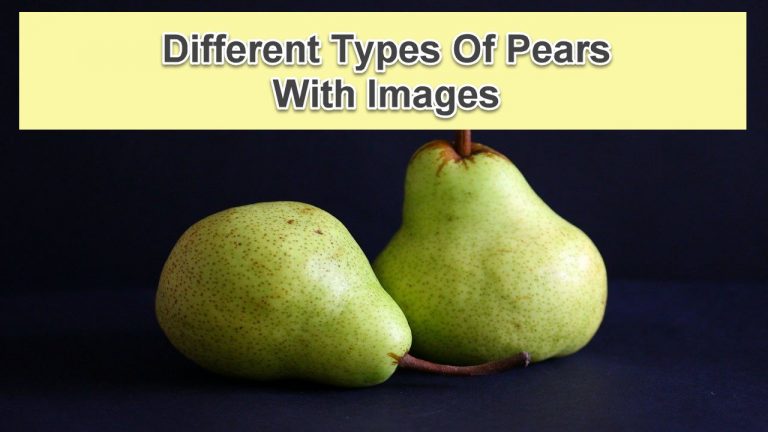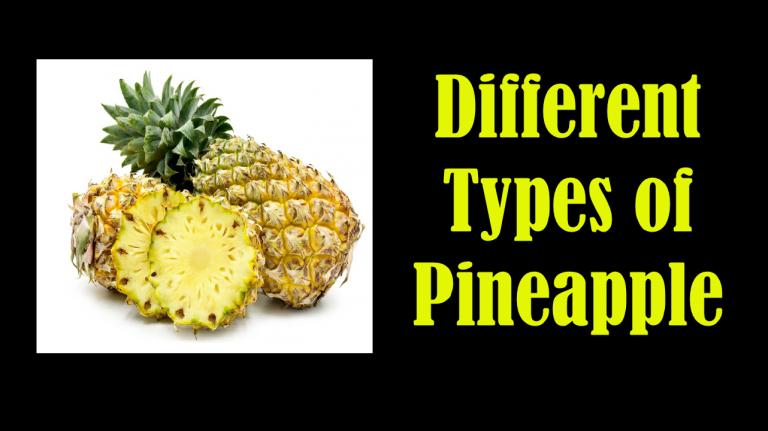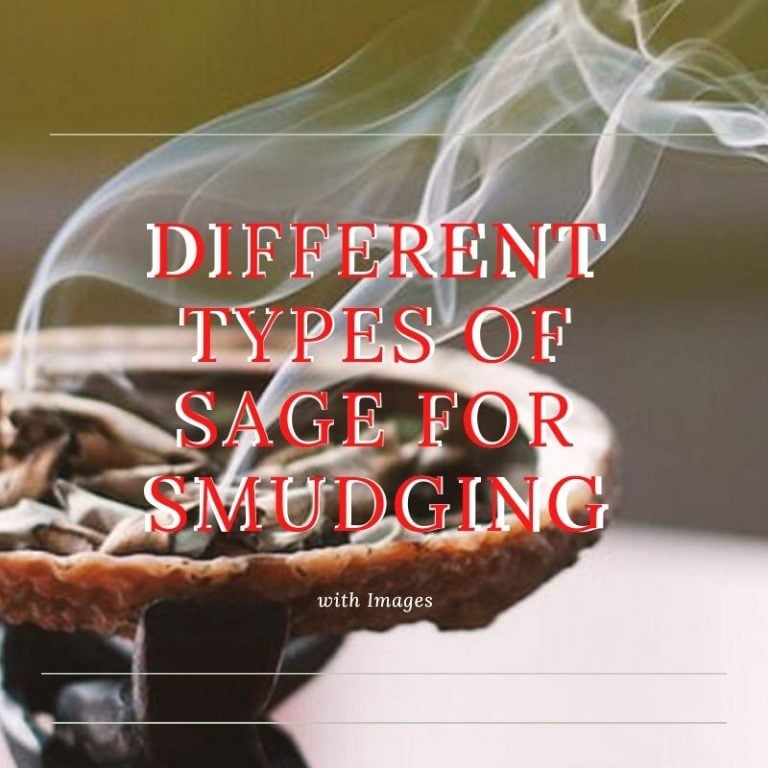17 Different Types of Seafood With Shells

Seafood with shells comes in many delicious and interesting varieties. Shellfish provide sustenance for people around the world and their shells can be just as fascinating as the animals inside them.
This article explores 17 popular types of seafood found in shells along with some details about each one.
Lobsters

Lobsters are large, clawed crustaceans with hard, segmented shells. They inhabit rocky, sandy, or muddy bottoms of coastal waters. Lobsters have five pairs of legs, the first pair featuring large, meaty claws. Their long, muscular tails make up most of their edible meat. Lobster meat is sweet and tender when cooked. It can be boiled, grilled, baked or steamed.
Crabs
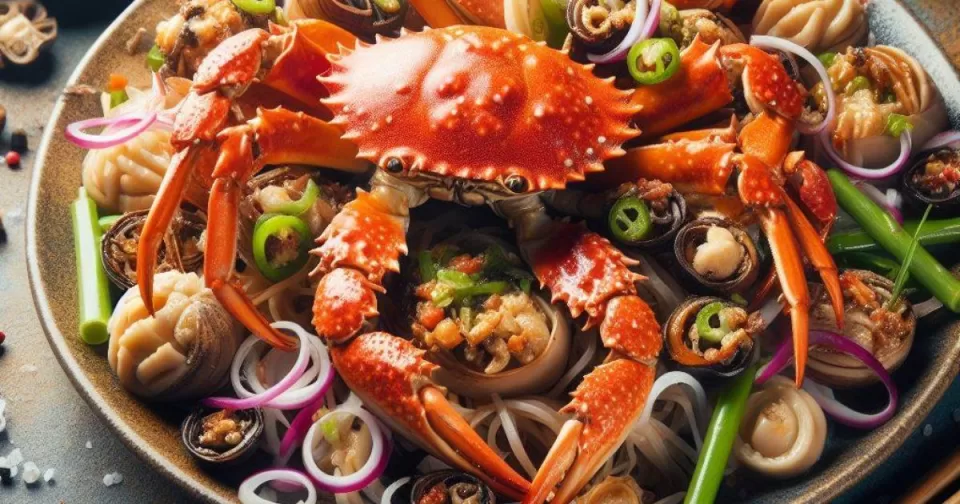
Crabs are crustaceans with five pairs of legs and a broad carapace shell covering their bodies. Their first pair of legs has pincers or claws for capturing prey and defense. Crabs live in all of the world’s oceans and some freshwater and terrestrial habitats. Many species are edible, like blue crabs, king crabs and stone crabs. Crab meat is lean, sweet and delicate.
Shrimp
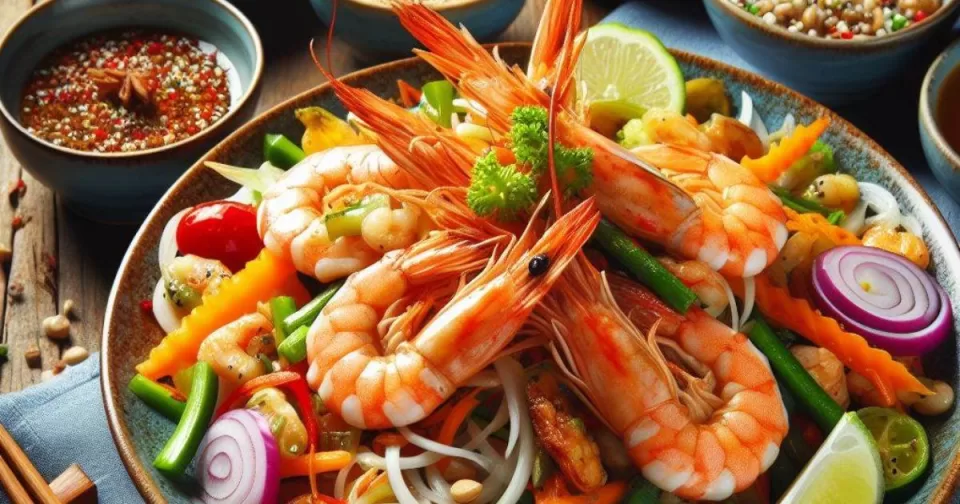
Shrimp are small, bottom-dwelling crustaceans with elongated bodies, long antennae and thin, translucent shells. They propel themselves forward using paddling legs. Shrimp live in marine and freshwater environments worldwide. They are omnivorous, eating plankton and small plants/animals. Their sweet, tender meat is most abundant in their tails and consumed boiled, grilled or fried.
Prawns
Prawns resemble oversized shrimp with larger front legs featuring small claws. They inhabit coastal, brackish and fresh waters in temperate and tropical regions. Prawns are bottom feeders, consuming plankton, plant matter and small prey. Their meat has a firmer texture and more savory flavor than shrimp. Prawns are eaten boiled, baked, sautéed and other ways.
Crawfish
Crawfish, also called crawdads or mudbugs, are small freshwater crustaceans resembling mini lobsters, with a heavily armored carapace, antennae and five pairs of legs. They are found in lakes, ponds, swamps and streams across North America. Crawfish eat living and decaying vegetation. Their tail meat is prized as food, especially in Cajun and Creole cuisines, where they are boiled with spices.
Oysters

Oysters are bivalve mollusks that live in saltwater habitats. They have an irregularly shaped shell comprised of two parts called valves that are hinged together. Oysters are filter feeders that siphon water through their gills to get oxygen and food. Their shells protect their soft bodies.
Mussels
Mussels are a type of bivalve mollusk found attached to rocks and other surfaces in saltwater environments. They have a smooth, bluish-black shell that is elongated and pointed at one end. Mussels close their two shell halves tightly together when disturbed. They feed by filtering plankton out of the water.
Scallops
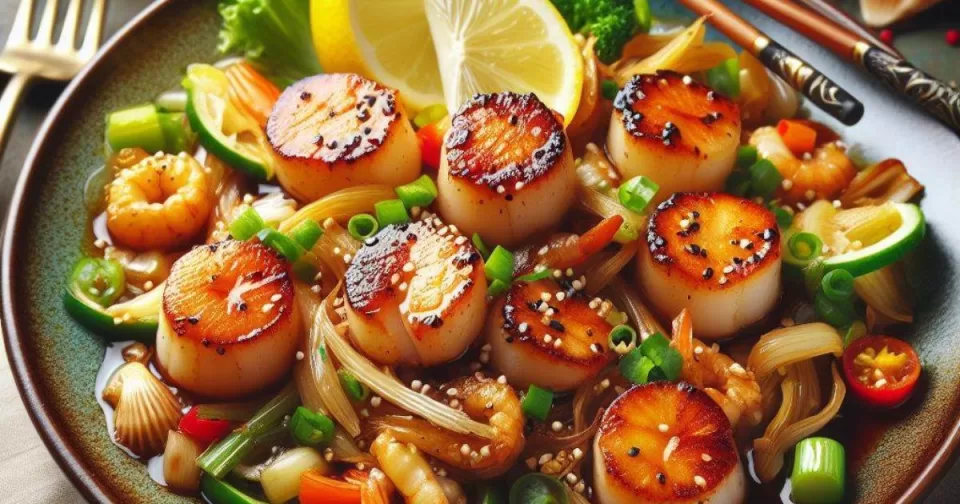
Scallops are a popular shellfish valued for their sweet, delicate meat. There are many scallop species worldwide. They have two fan-shaped shells that can be white, pink, orange, or brown. Scallops can swim by quickly opening and closing their shells. They filter feed on plankton and also have numerous eyes along their mantle edges.
Clams
Clams are shellfish with hard shells made of two hinged halves. They use their muscular foot to burrow into sand or mud. Clams are filter feeders and siphon water into their shell to capture plankton and particles. There are many clam species that vary widely in size, shell shape and color.
Cockles
Cockles are a type of saltwater clam with a heart-shaped, ribbed shell. Their shells are able to close completely shut, unlike some other clam species. Cockles are found in sandy or muddy areas of intertidal zones where they burrow and filter feed. They have a strong muscle that works to close their shell halves.
Periwinkles
Periwinkles are small snail-like sea creatures known for their spiral conical shells. They inhabit rocky areas along coastlines. Periwinkles use a tongue-like appendage covered with small teeth to scrape algae off of rocks and shells. Their simple shells contain one mollusk with a large foot for movement.
Whelks
Whelks are marine snails that have a thick, spiral shell with a pointed tip. Their shells are often white, gray, brown or black with ridges in a wavy pattern. Whelks use their file-like tongues to drill into the shells of prey like clams and oysters for food. Different whelk species are found in oceans worldwide.
Sea Urchins

Though not technically shellfish, sea urchins have spherical shells covered in movable spines. Their shell is called a test and is made up of fused plates. Sea urchins use their tube feet to move along the ocean floor and feed on algae, mussels and more. The spines on their shell help deter predators.
Abalone
Abalone are large edible sea snails with oval-shaped shells. Their thick, dome-shaped shells are lined with iridescent mother-of-pearl and have a small opening. Abalone cling to rocky surfaces near kelp beds. Their broad muscular foot allows them to hang on tightly when waves crash over them.
Conchs
Conchs are large sea snails with heavy spiral shells. Their whorled shells protect their soft bodies. Conchs use a long extendable proboscis to catch prey and defend themselves. Some inhabit sandy areas while others live among coral reefs. Conch shells were historically used as trumpets or decorative objects.
Snails
Snails are mollusks with a large, spiraled shell that covers their soft, slimy bodies. There are sea snail species as well as freshwater and land snails. Marine snails graze on algae, plants and debris in tidal areas and shallow waters. Their coiled shells come in different shapes, sizes and colors. Escargot are a popular culinary snail species that have been eaten since ancient times. Snails are low in fat and high in vitamins and minerals.
Limpets
Limpets are mollusks that have a simple conical shell. Their sturdy shell protects their soft body. Limpets cling tightly to intertidal rocks so they are not swept away by waves and tides. Cellana and acetabularia are two genera of limpets that are eaten. Limpets are boiled, fried or pickled and have a savory, salty flavor and a chewy consistency. They are a source of protein, minerals and antioxidants.



